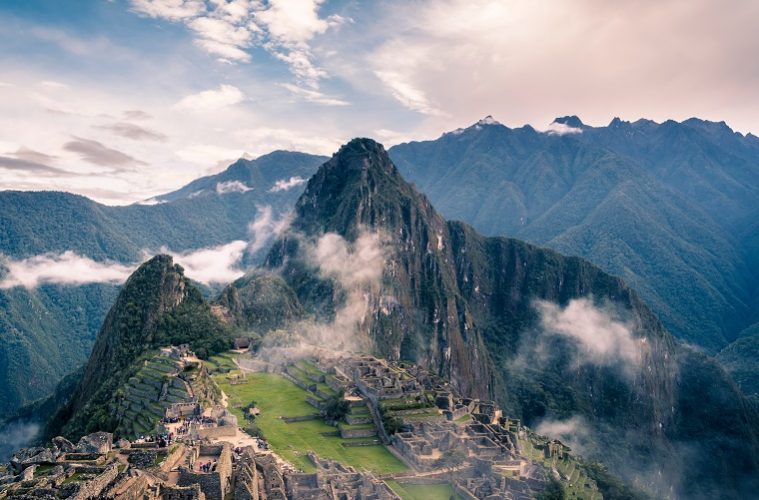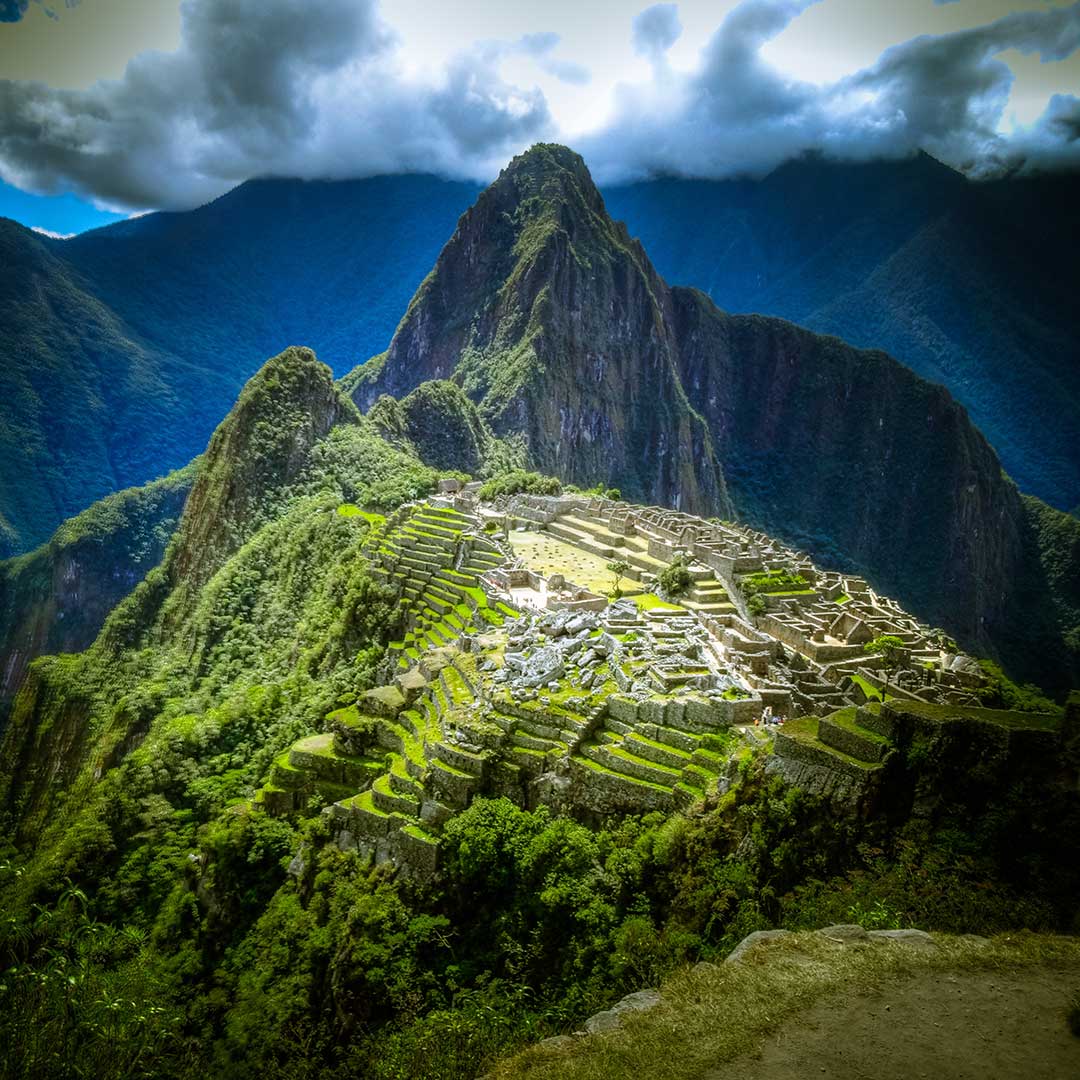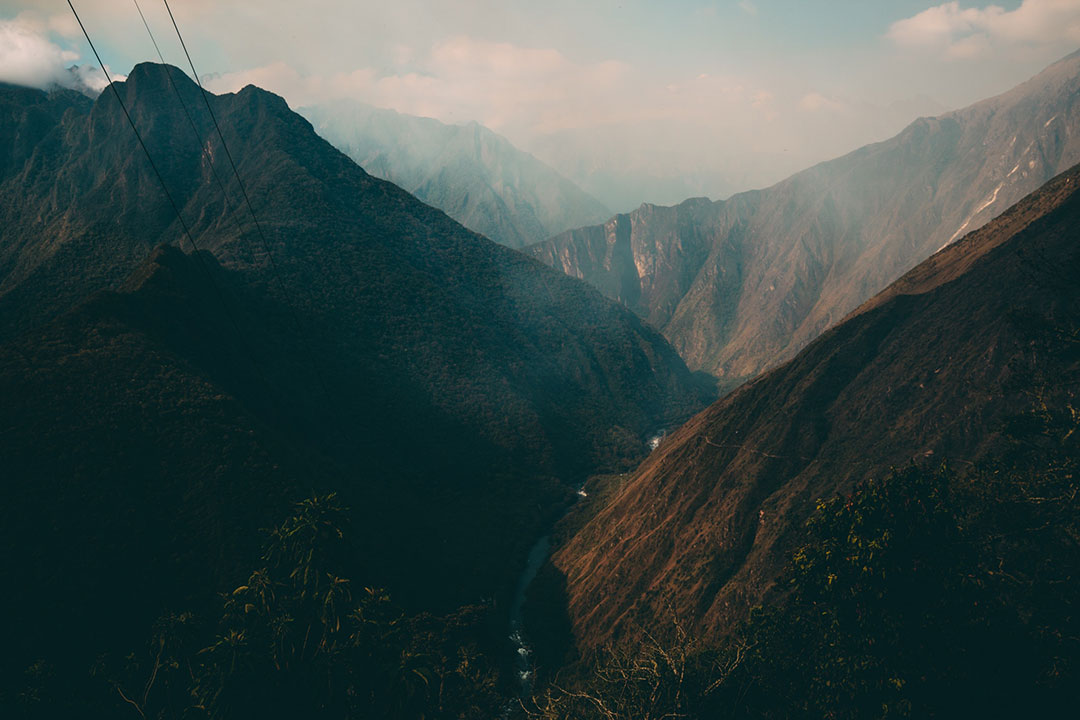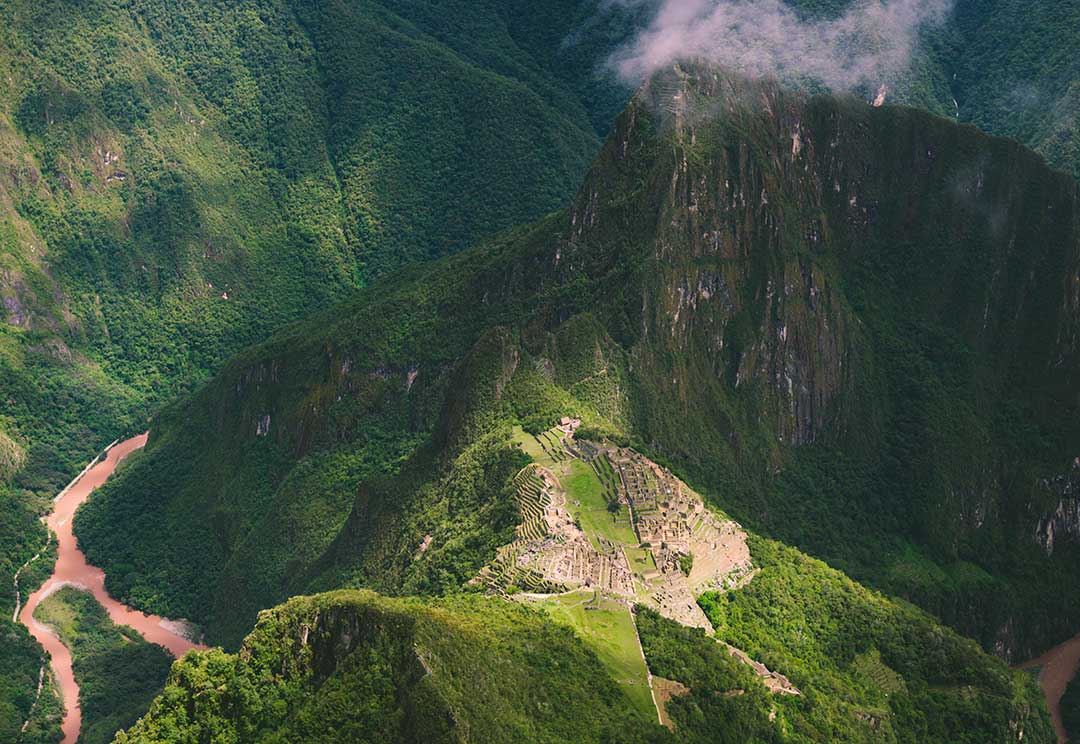Perched high above sea level (7,973 feet, to be exact) and covering more than 116 square miles including adjoining humid, subtropical forest and wilderness, is the 550-year old citadel of Machu Picchu, in Peru.
This famous Inca citadel is the subject of hundreds of photographs, iconic, wondrous and mysterious. It’s a bucket-list destination up there with the Taj Mahal, Ayers Rock and the Great Barrier Reef.
It’s also surprisingly easy to visit.
Machu Picchu means “old mountain” in the Quechua language and this fascinating citadel was constructed by the most advanced of pre-Columbian society. It’s nestled between two forest-clad peaks, which have protected and preserved the city for the thousands of travellers who follow Inca Trails to reach it. The history of the site remains elusive: it is known that it was religious and residential, but its academic importance to the Inca peoples, and its cosmic positioning are still largely unknown.
Machu Picchu is unsurprisingly at its busiest during the peak tourist season, July and August. The Andean foothills are never totally dry, so anticipate showers and mist clinging to the peaks during your visit. The rainy season here extends from November to April, with the wettest months in January and February. To avoid the worst of the crowds and the rain, November and April are ideal. The Inca Trail is closed in February for restoration.
You can’t walk the Inca Trail without a local guide and daily numbers are limited on both the trail and at the sites. Theoretically, you can visit independently, but we recommend booking an advance package through a British-based tour operator.
You can, however, visit the ruins without a guide, and there are frequent buses from the closest town, Aguas Calientes, which has a railway station, up the mountain via a series of hairpin bends. If this is your preferred option, stick with your tour booking, but request tickets to the ruins and peace to explore them via your tour agent.
Before booking your tour, it’s worth thinking carefully about how you want to approach, and visit the site. You can trek to the site, a week of tough physical activity on the Choquequirao or Salkantay trails, or a shorter trek via the busier Classic Inca Trail. Porters, horses, tents will support your climb to the citadel, and you’ll see firsthand the incredible flora and fauna of the area, such as the endangered spectacled bear, as you reach for the clouds.
If you’d rather conserve your energy, you may wish to take a train through the Sacred Valley of the Urubamba River, and perhaps stay at a boutique hotel close to the national park, so you can simply wake and explore this UNESCO site.
There are many options, suiting most budgets. The Hiram Bingham luxury train, owned by the Belmond group, the same that owns the Orient-Express. Expect luxury and comfortable surroundings with a price to match. If you’re walking any of the trails, expect varying degrees of difficulty and physicality.
No matter which route you take, Machu Picchu is truly something to behold. Arrive early in the morning and the city will be revealed as the clouds lift from its ancient walls. Now the sheer scale of the site becomes apparent, and the physical challenges the Incas faced building, and living, on such steep land.
Machu Picchu’s fascination draws crowds, both on the trails and jostling for photo opportunities at the main site. No matter when you go, you’re unlikely to be there on your own. But however you get there, it’s as much about the journey as the destination when you follow the Inca trail to fulfil the trip of your lifetime.
For a full list of British tour operators, visit the Latin American Travel Association website.






